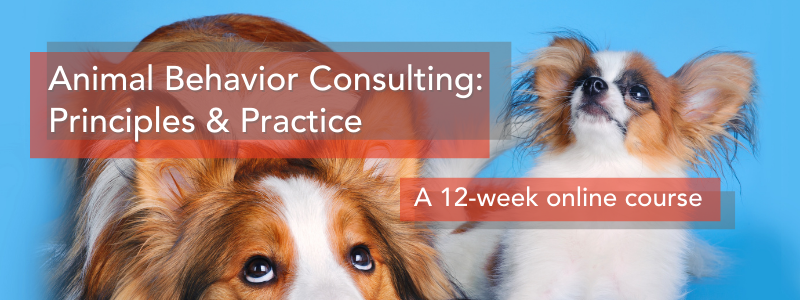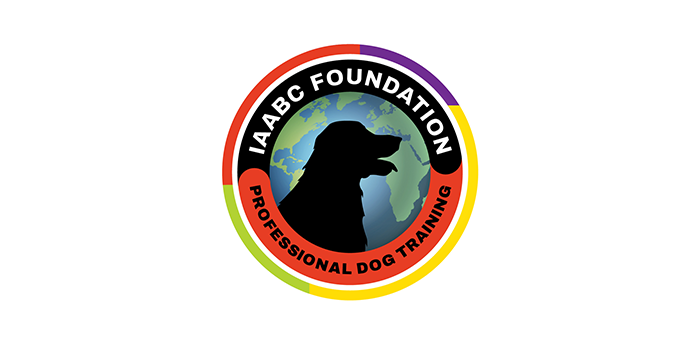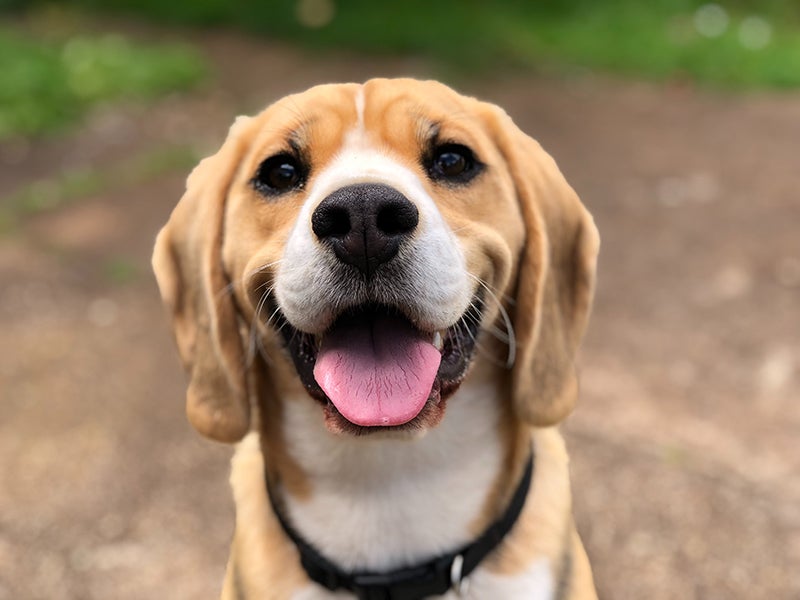This seminar series is designed to provide you with updates on how the speakers actually do things in practice- how they actually manage a patient with a particular ocular disease or disorder, how they do certain techniques, how they combine certain drugs for treatment etc. Actual cases will be presented to emphasize the clinical indications for the techniques.
Kathryn Good D.V.M.
Diplomate, American College of Veterinary Ophthalmologists
Clinical Ophthalmologist
U.C. Davis
Joshua Seth Eaton, VMD
Diplomate, American College of Veterinary Ophthalmologist
Assistant Clinical Professor, Comparative Ophthalmology
School of Veterinary Medicine
University of Wisconsin—Madison
Seminar Schedule:
| Single day registration available:All times are Eastern time.Seminars start each day at 8.00am Pacific, 9.00am Mtn, 10.00am Central & 11.00am Eastern
Friday May 14 (5.5 CE hrs) 8:00am – 1:30pm Pacific Time11:00am – 4:30pm Eastern TimeUntangling uveitis in small animals, Under PressureGetting a grip on glaucomaCataracts in Dogs and Cats – Caring for the cloudy eyeFeline conjunctivitis – a common conundrum
Saturday May 15 (5.5 CE hrs) 8:00am – 1:30pm Pacific Time11:00am – 4:30 pm Eastern timeRolling with EntropionWhen it’s time to enucleate …Non-healing corneal ulcerationsCanine dry eye
Sunday May 16 (5 CE hrs) 8:00am – 1:00pm Pacific Time11:00am – 4:00 pm Eastern timeThrough the looking glass, Part I: Examination of the anterior segment in animalsThrough the looking glass, Part II: Examination of the posterior segment in animals |
Seminar Topics:
Non-healing Corneal Ulcerations – How to handle the ulcer that just won’t go away
Corneal ulcerations can be frustrating to treat in dogs, particularly when despite all of your therapeutic efforts, the ulcer just won’t heal. However, if the attending clinician follows a few key guidelines when diagnosing and examining eyes with non-healing corneal ulcerations, the path to success can be much faster! This discussion will concentrate primarily on non-healing corneal ulcerations in dogs, and will present a practical approach to making the correct corneal diagnosis and choosing the best therapy to produce a successful outcome.
Canine Dry Eye – What’s next when cyclosporine fails?
Treatment of keratoconjunctivitis sicca (KCS), or “dry eye” in dogs has made incredible strides over the last few decades, principally due to the success of medications like topical cyclosporine. However, there are those canine patients that just don’t respond to topical therapy, resulting in frustrated owners and doctors and squinty, unhappy patients. In this hour, we’ll review not only routine management of KCS but also focus on those patients that are refractory to treatment, specifically addressing special considerations in examination and assessment of those cases, exploring possible underlying causes, and how to best approach them therapeutically.
Feline conjunctivitis – A common conundrum
Conjunctivitis is one of the most common ophthalmic conditions affecting cats; and as we know, infectious causes are always at the top of our differential list. However, distinguishing one infectious etiology from another can be very difficult as clinical signs are often non-specific. Furthermore, despite an ever-expanding menu of ophthalmic infectious assays at commercial and academic laboratories, diagnostic tests remain difficult and ambiguous to interpret. This lecture will review the infectious causes of feline conjunctivitis, discuss the diagnostic approach to each, and explore the numerous available therapies and their respective advantages and disadvantages, taken from the most current literature.
Cataracts in dogs and cats – Caring for the cloudy eye
Cataracts are a very common cause of vision loss in dogs and, while less common, can also lead to vision impairment in cats. To date, the definitive treatment for cataract in any species is surgical removal using phacoemulsification. Over the past 10-15 years, however, there has been an explosion of advertisement and scientific publication touting medical therapies for cataracts. On its face, these drops and supplements appear to offer a miraculous “magic bullet”, sparing pets and owners the cost and hassle of surgery. But are these therapies the “real deal”? This hour will explore this question, while also reviewing the approach to diagnosis of cataracts in animals as well as the most common causes, the approach to surgical candidacy, and the current standards-of-care in cataract surgery and peri- and postoperative considerations.
Through the looking glass, Part 1 – Examination of the anterior segment in animals
Examination of the eye can be intimidating for a number of reasons, not the least of which is the complexity and diversity of its tiny structures. Furthermore, the structures that comprise the anterior portion of the eye in cats are largely clear and lie in direct apposition to one another, making localization of lesions in the front of the eye very confusing. However, by using an organized approach armed with the correct instrumentation and the necessary tools and techniques, assessment of the anterior structures of the eye can be much easier and maybe even fun! This lecture will focus on techniques and tips for examination of the anterior segment, focusing on the cornea, anterior chamber (and aqueous humor), iris, and lens.
Untangling uveitis in small animals – After diagnosing a dog or cat with uveitis, the practitioner is presented with two concurrent challenges; to determine the cause (if possible), and to suppress intraocular inflammation and mitigate uveitis’ potentially blinding complications. In some cases, the cause of uveitis may be obvious (i.e. following trauma), but in many cases, the ophthalmic manifestations are ambiguous and difficult to interpret. This discussion seeks to demystify the approach to clinical diagnosis of uveitis in small animals, and elucidate guidelines for treatment, management, and formulation of a prognosis.
Under pressure – Getting a grip on glaucoma – Glaucoma is one of the most frustrating ophthalmic diseases to manage and treat in veterinary medicine, causing not only pain for affected animals, but the inevitable consequence of irreversible blindness without swift treatment. Furthermore, determination of an underlying cause and formulation of a treatment plan can be confusing at least partially due to the large number of available topical and systemic drugs. This in-depth look at glaucoma seeks to provide the small animal practitioner with a practical perspective on tonometry and diagnosis of glaucoma, current standards and best practices for treatment in dogs and cats, and how to approach prognosis in affected animals.
Rolling with Entropion – Entropion is commonly encountered in dogs and cats and can be painful in addition to causing corneal scarring, vascularization, and even corneal rupture and loss of vision. There are numerous anatomical and conformational factors that may contribute to entropion in both species. Therefore, the best surgical approach to entropion is to carefully consider such factors and choose a surgical technique accordingly. This will minimize the chance for recurrence and maximize postoperative success. This surgical discussion will review the anatomical factors that predispose to entropion in dogs and cats, and review the key surgical approaches that can be used for correction in both species.
When It’s Time To Enucleate … – Eyes that have been blinded by disease and carry the long-term potential to cause pain in an animal are candidates for enucleation. Before gowning up for surgery, however, it’s important for any practitioner to know the safest surgical technique for removing the diseased eye, and to understand the periocular and orbital anatomy. Furthermore, awareness of local anesthetic block techniques and other anesthetic considerations will serve to ensure a smooth and uneventful recovery. This surgical discussion will provide the practitioner with a comprehensive approach to pertinent preoperative, intraoperative, and postoperative considerations when performing enucleations, as well as the advantages and disadvantages associated with different surgical techniques.
Through the looking glass, Part II – Examination of the posterior segment in animals
The eye’s posterior segment is an enigma to many practitioners as assessment of structures like the retina and optic nerve poses unique challenges. However, examination of these posterior structures is not only critical to accurate diagnosis and treatment of ocular diseases, but may also provide insight regarding neurologic and even non-ophthalmic systemic disease. Without a doubt, examination of the posterior segment is a challenging skill that takes practice. However, knowing how and when to use the right equipment and techniques, and better understanding the advantages and disadvantages of each, the practitioner can refine their skills and become quite adept at posterior segment examination in a relatively short period of time. This hour will be spent reviewing the structures of the posterior segment and how to evaluate them with a focus on tips and techniques for getting that perfect view of the ocular fundus.







Responses